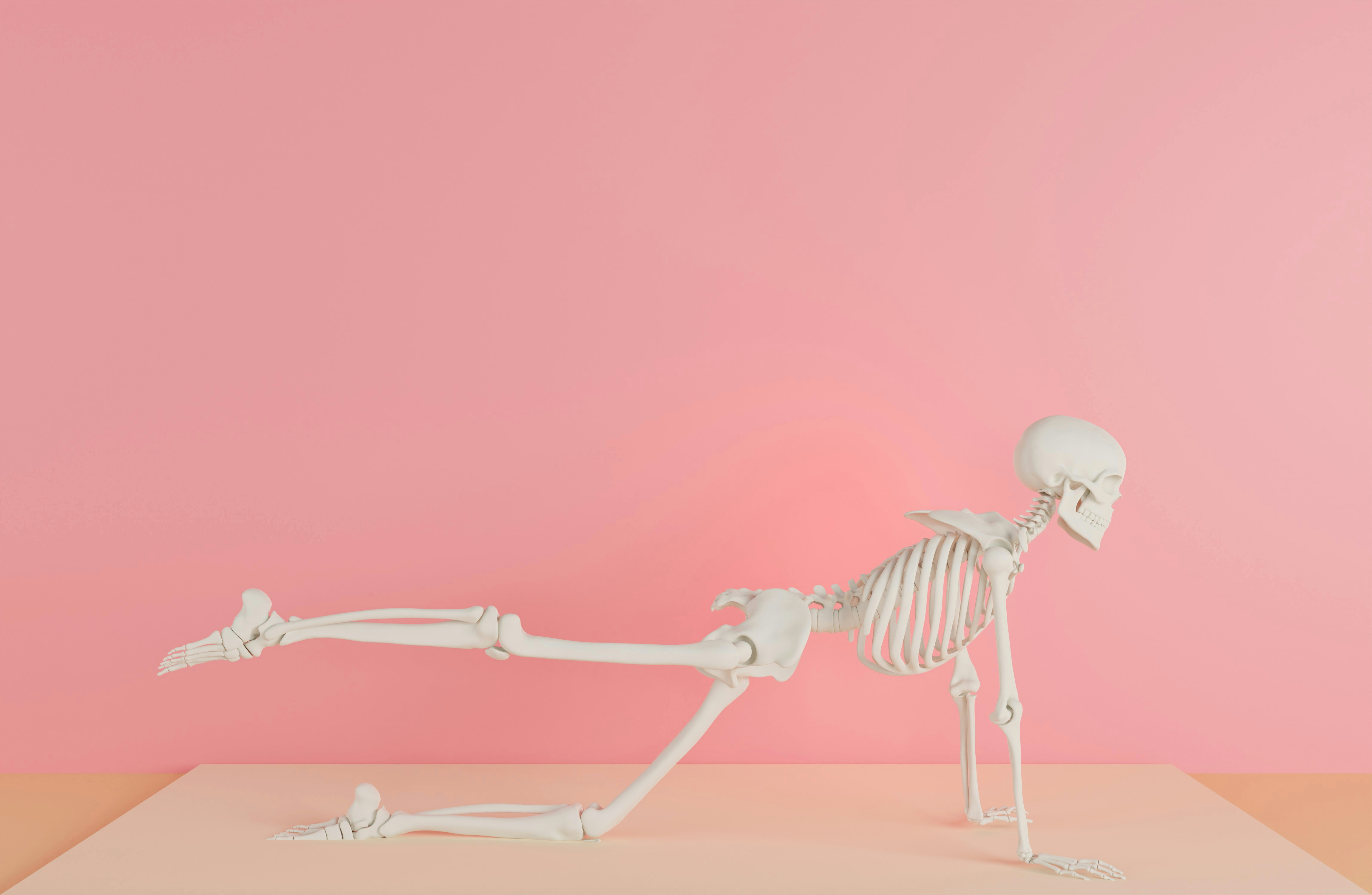Why are conventional cleaning product so harmful to our health?
It all comes down to something called the toxic burden. Our bodies are actually very good at handling chemicals and detoxing them out of our bodies when we are healthy.
The issue isn’t that we aren’t capable of this. Toxic load refers to the volume we can handle at once.
Think about a line at a grocery store. When it isn’t busy, you can be processed through the checkout in no time. But if you go to the grocery store at 4pm on a Sunday, it’s a different story. There are too many people and you end up waiting in line. Chemicals are the same way in the body. As long as everything is working properly, we can process toxins (mostly through the liver) and we’re fine. However, when we have exposure to too much at once- a back log of processing begins and these toxins can start to impact our health.
With the large amount of chemical exposure we experience daily from plastics, cleaning products, make ups and fragrances, chemicals start to accumulate in the body. For example- when BPA (a common chemical found in several plastics) builds up in the body, it can act at estrogen receptors which cause hormonal changes –leading to earlier puberty in young girls, fertility issues, and increased risk for breast cancer.
When we take a look at cleaning products, volatile organic compounds (VOC) are a concern. VOCs are commonly found in several industrial products like paint, paint thinners, refrigerants but they are also found in household cleaning products like carpet cleaners, air fresheners, toilet cleaners, all-purpose cleaners, floor cleaners, and polishes, can lead to health issues.
VOCs are highly volatile, meaning they rapidly evaporate into the air and we breath them in. Other chemicals can be harmful if ingested, but they stay in a liquid or solid form so if you use gloves they are less harmful. However, volatile compounds, immediately evaporate into the air, impacting our airways, and mucus membranes on the way into our bodies
Exposure to VOCs over a short period of time can have health implications such as a runny nose, watering eyes, throat irritation, congestion, nausea, dizziness, trouble breathing, headaches, fatigue, and dermatitis. With chronic use, there are more serious impacts such as kidney and liver damage, cancer, respiratory disease, and central nervous system damage.
Respiratory health is especially impacted. Therefore, those with pre-existing respiratory conditions are at higher risk for reactions to cleaning products.
VOCs are a class of chemicals, some names of VOCs you may see on a label include: benzene, ethylene glycol, formaldehyde, methylene chloride, and toluene.
So…What Can You Do?
Chose Less Toxic Products, but be careful of greenwashing. Use the Environmental Working Group App or the app Think Dirty to see the rating of the products you currently use. Bring the app to the store and check products before purchasing. Some products are marked as environmentally and health friendly but are in fact quite toxic. An example of this is the Tide Pure Clean. This product is advertised as a “A powerful, plant-based clean you can feel good about.”

However, 25 % of this product isn’t plant based and has several other chemicals even includes ingredients derived from petroleum. This product has been given an F on the Environmental Working Group website and may contain ingredients with potential for chronic aquatic toxicity; developmental/endocrine/reproductive effects. So be careful when selecting 'green' products before checking with a resource or you may end up paying more money for a product that is no better for your health than the regular version!
Make your Own. Some cleaners can be made with ingredients you have at home. But make sure to get your recipe from a reputable source and if you are using it to sanitize make sure your alcohol percentage is high enough to be effective.
Try a microfiber cloth which can take away dirt from the surface mechanically rather than chemically. If you do have to use toxic cleaners, remember to ventilate properly by keeping windows and doors open to allow the VOCs to escape.
Minimize the toxic load that you are putting on your body. Decrease your use of perfumes, scented lotions and body wash, make up, and plastics. Think of this as taking away some of the people in the line at the grocery store, it will speed up the line.
Remember that our bodies do know how to handle chemicals and toxins in the body. Don’t be afraid, just stay and informed and do what you can to reduce the toxicity of your household as a whole.










